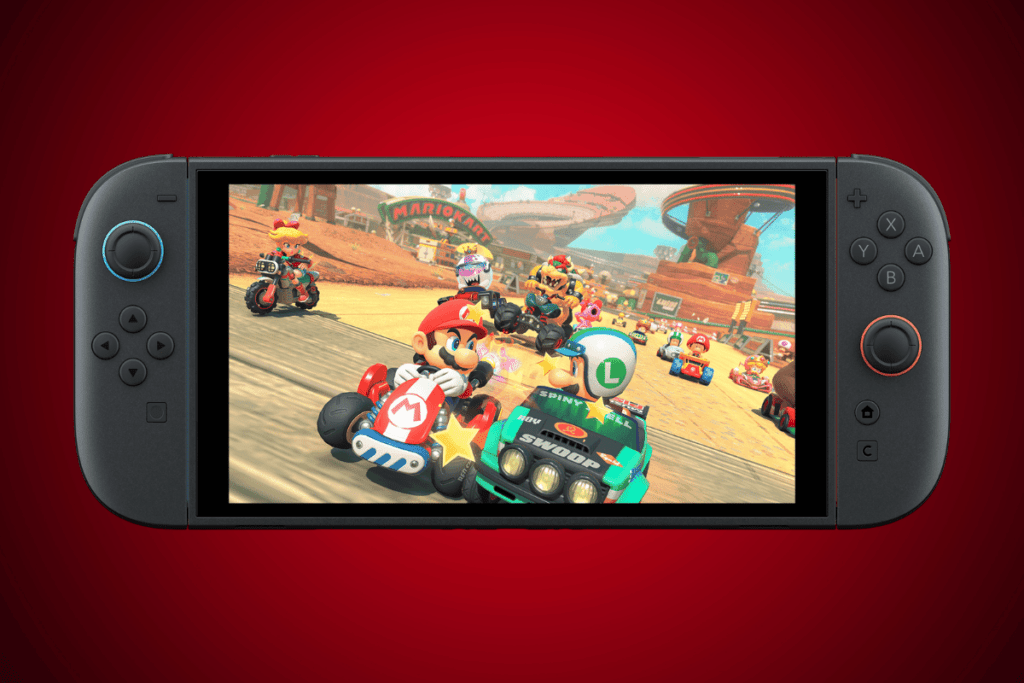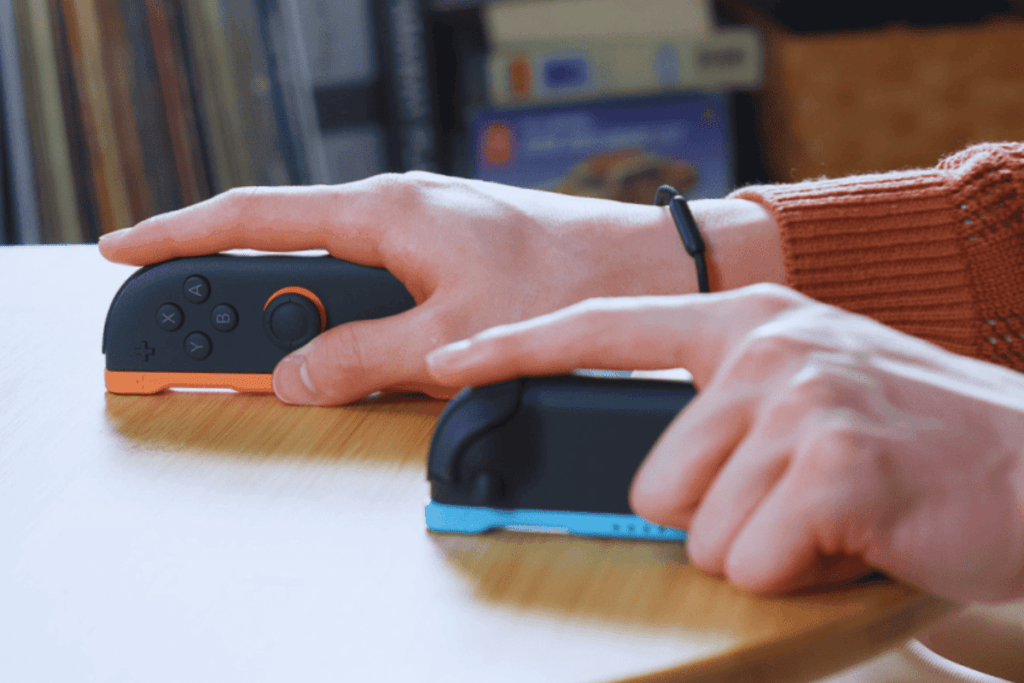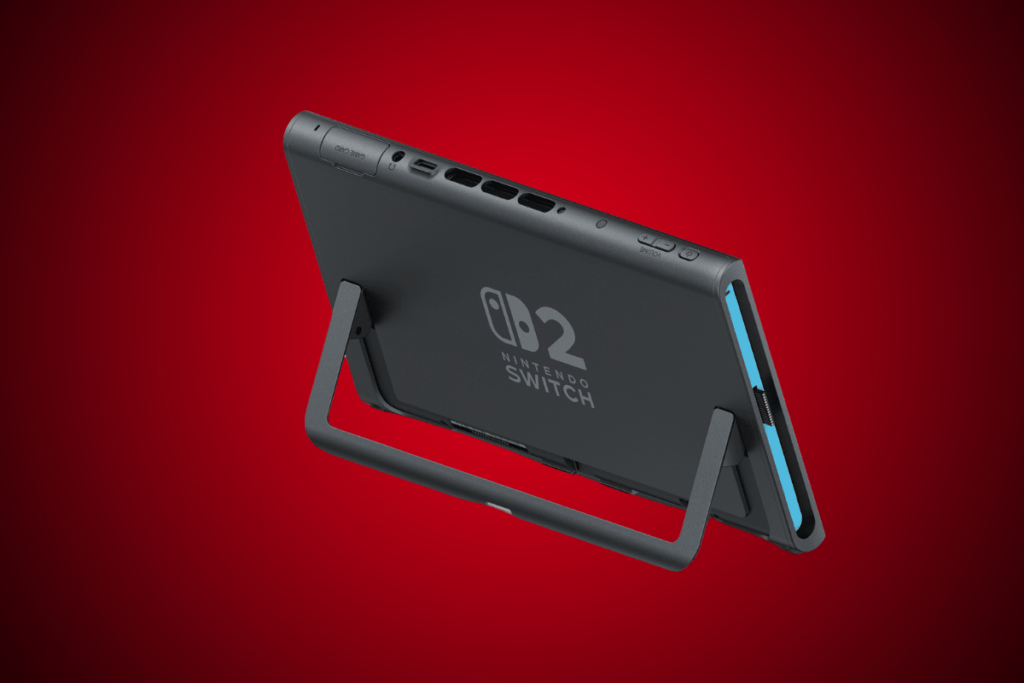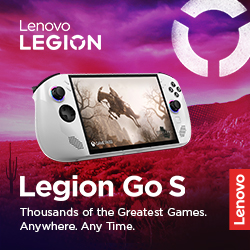When Nintendo finally dropped the full specs and pricing for the Switch 2, the internet did what it does best: it freaked out. And not entirely in a good way.

Yes, there’s some serious hardware glow-up happening—4K support, HDR, and redesigned Joy-Cons that act like computer mice. But with a $449.99 price tag (around ₱25,000+) and games priced as high as $89.99, even long-time Nintendo fans are raising eyebrows.
Here’s a deeper look into what’s actually in the box, why the pricing is rubbing people the wrong way, and what it could mean for gamers in the Philippines.
A Bigger, Better Switch — At a Bigger Price
The Switch 2 definitely isn’t just a slight upgrade. Nintendo’s gone in with:
- A 7.9-inch HDR10 touchscreen with 120Hz refresh rate
- A custom Nvidia chip with better CPU and GPU power
- 256GB of storage (expandable via microSD Express)
- A dock that outputs in 4K at 120 FPS
- Joy-Con 2s that magnetically snap in and work like mice on surfaces

That’s a lot of tech packed into a hybrid console. And sure, a price jump was expected—but not everyone’s sold on the idea that this justifies a full $150 increase over the original.
Games Will Cost More Too — And That’s a Bigger Deal Than You Think
Here’s where it gets spicy. Nintendo announced that Mario Kart World, one of its launch titles, will cost $79.99 digitally and $89.99 physically. That’s over ₱5,000 for one game if you’re buying from local retailers or importers.
While Nintendo says the pricing reflects deeper game development and content, this shift could hit especially hard in countries like the Philippines, where many players rely on secondhand copies, gray market imports, or wait months for prices to drop.
Tariffs, Delays, and Global Pricing Drama
The pricing drama isn’t just about specs—it’s also about politics. Due to new U.S. tariffs on electronics imported from countries like Vietnam and China, Nintendo’s costs have gone up. And while they said the tariffs weren’t factored into the original pricing, the company has delayed U.S. preorders to reassess.
It’s unclear how this will affect releases and pricing in Southeast Asia. But if Nintendo adjusts for the U.S., expect ripple effects in the global market—including higher costs for Filipino retailers trying to import units.
The Community Is Torn — “This Is Nintendo’s PS5 Moment”
Online reactions have been all over the place. Some are excited, calling this Nintendo’s “true next-gen leap.” Others are frustrated, pointing out how this breaks from Nintendo’s usual affordability and family-friendly approach.

There’s also speculation about whether older Switch games will get a performance bump or free upgrade path—something Nintendo hasn’t confirmed yet.
What This Means for Filipino Gamers
For local gamers, the Switch 2 could easily hit above ₱30,000 once import and reseller costs are factored in. And with ₱5,000+ game prices, a single-console setup with a few titles could approach ₱50,000.
That’s a big ask, especially when the original Switch still plays most current-gen Nintendo titles and is readily available secondhand for a fraction of the price.
So… Are We Still Buying It?
Despite all the noise, Nintendo fans are loyal. And with big exclusives like Mario Kart World and a rumored Zelda launch title, a lot of players will still jump in early.

But this time, the Switch 2 hype is mixed with hesitation. Whether that’s enough to slow down Nintendo’s momentum? We’ll find out this June.
Check out our other gaming articles!
Read More:
What’s Going On with the Tekken 8 Season 2 Backlash? – VRSUS
Is Civilization VII Really Worth the 10 Year Wait? – VRSUS
4 Games We Found at Cyberzone That We’re Strangely Curious About – VRSUS





